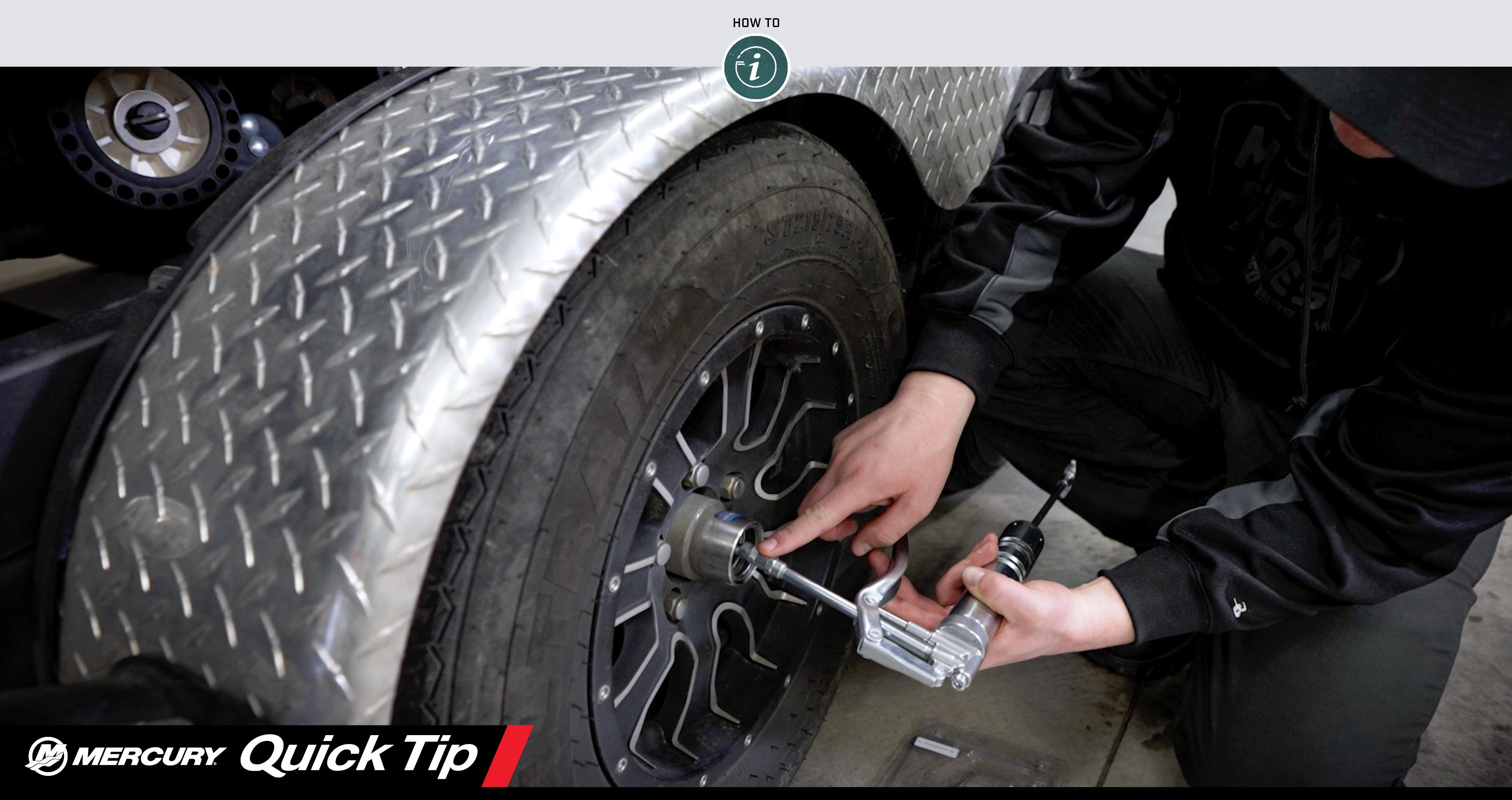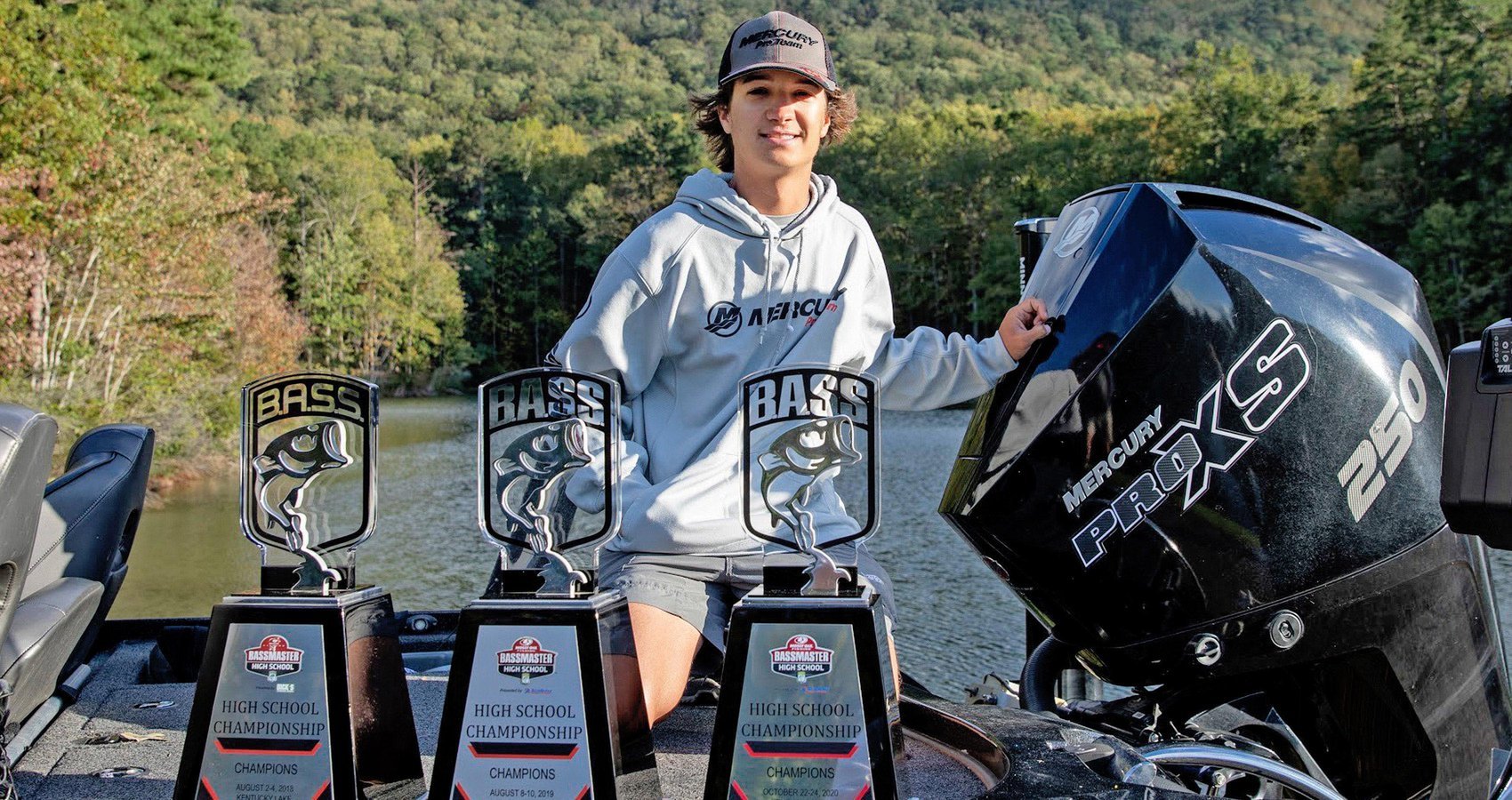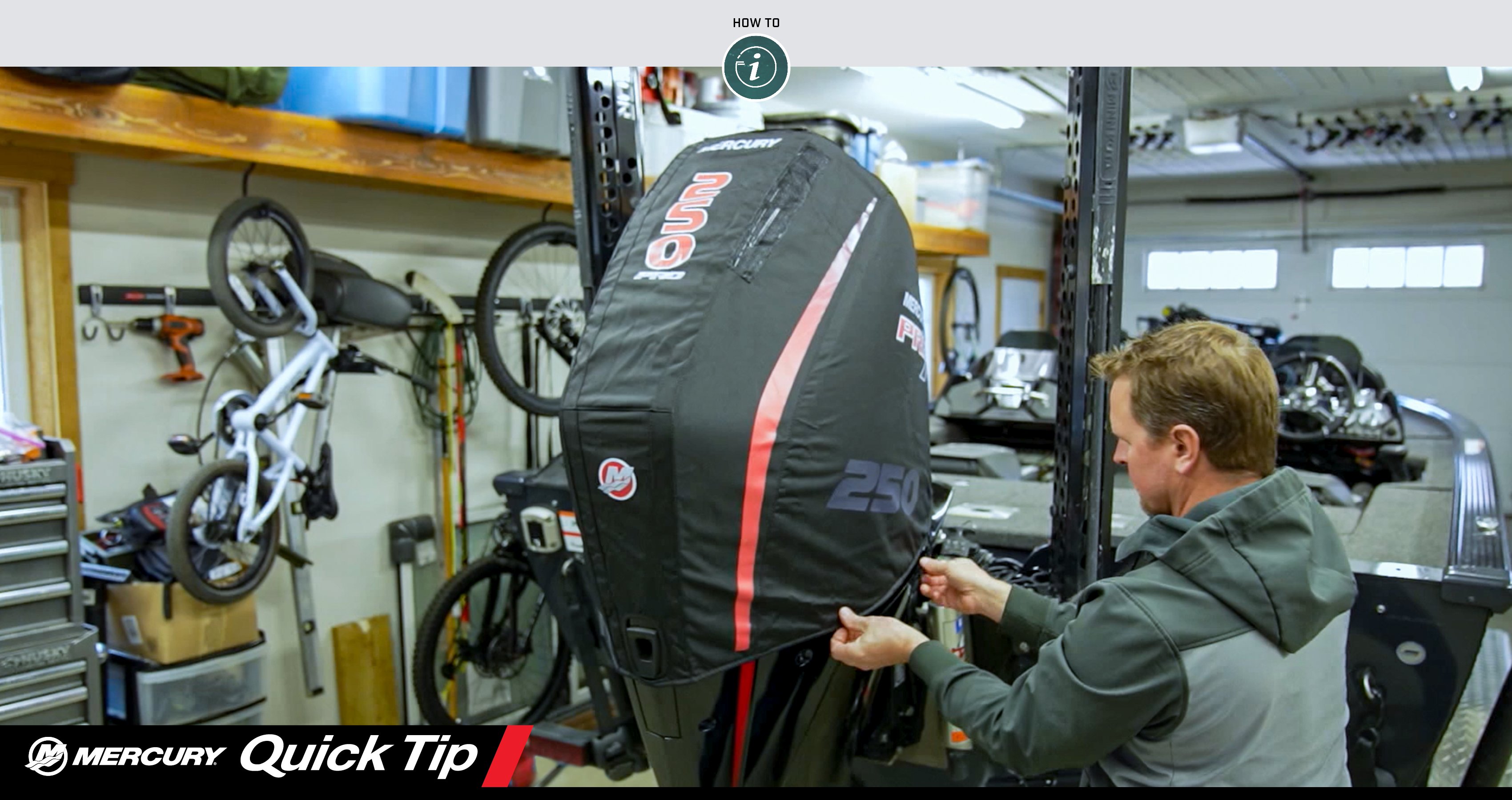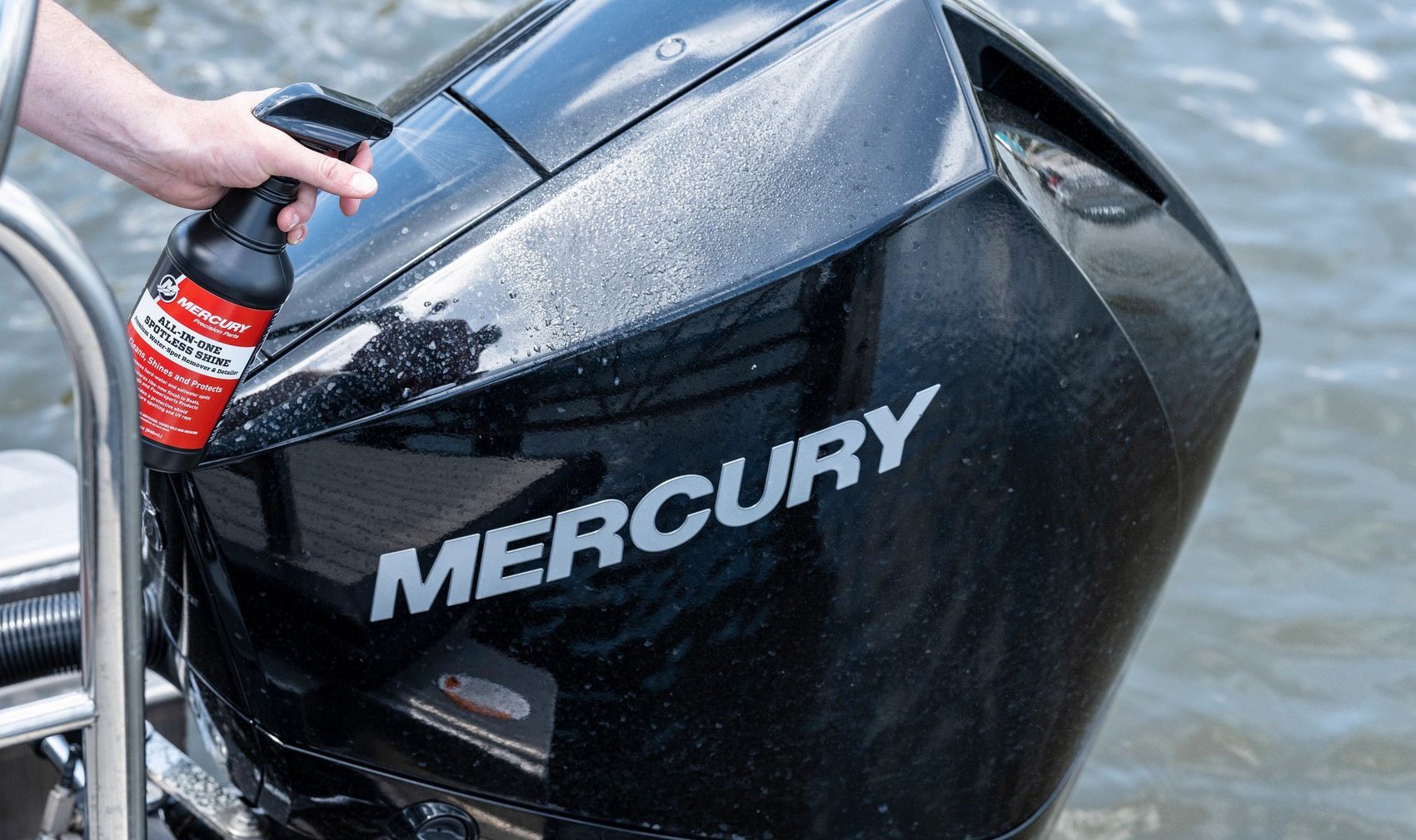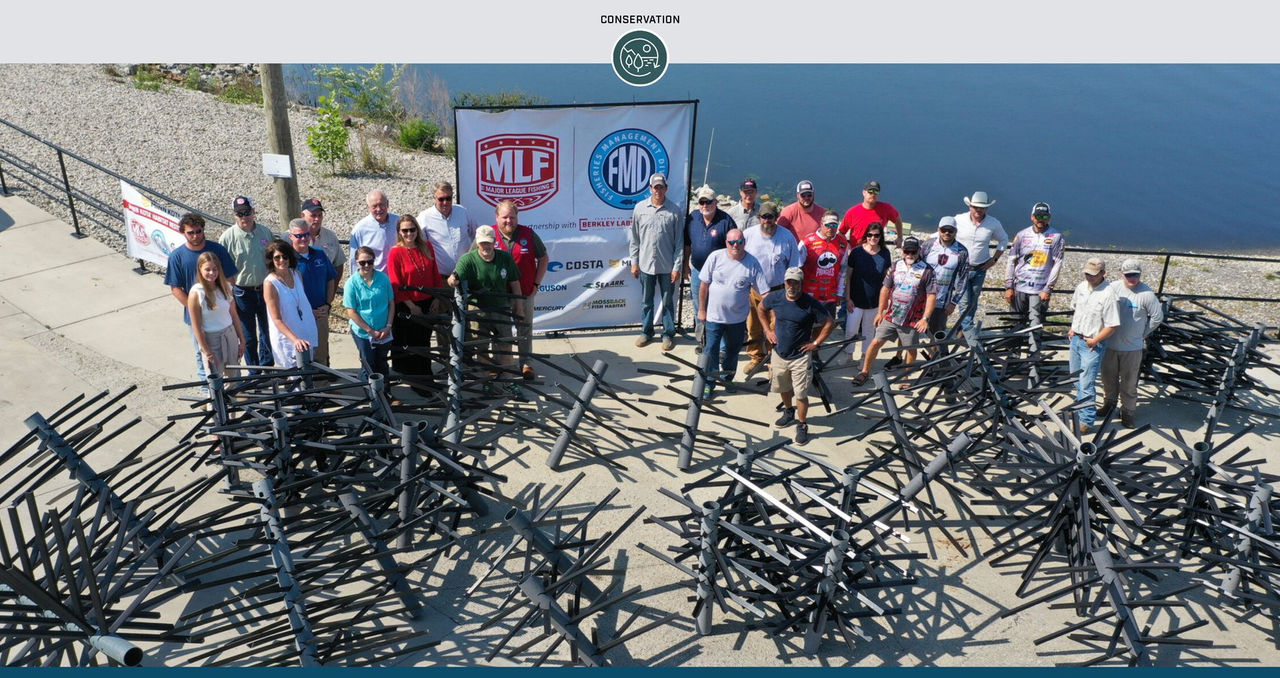Vast flats covered in grass. Acres of standing timber. Miles of stump-lined channel ledges.
These are the kinds of bass-friendly habitat that anglers often associate with the best bass fishing reservoirs of North America. Yet, while these types of habitats are found in many fisheries, today’s bass anglers also often face the frustrating situation of targeting their favorite fish in reservoirs where quality habitat has diminished.
According to Steven Bardin, director of the Major League Fishing (MLF) Fisheries Management Division, the peak of new reservoir construction in the U.S. occurred in 1965. As many of these reservoir’s age, woody cover degrades and siltation increases. The result is limited habitat for fish. Clearing of woody cover prior to flooding, water-level fluctuations, low water quality and other causes can also negatively impact habitat over time.
While this sort of situation certainly varies widely from one reservoir system to another, it’s a common enough issue that many grassroots fishing organizations make it a regular practice to partner with local or state fisheries managers to complete artificial habitat enhancement and restoration projects in their favorite reservoirs.
The MLF Fisheries Management Division (FMD) is among them. This conservation-minded branch of the pro fishing league conducts science-based and community-driven fishery enhancement and restoration projects near MLF tournament locations, in addition to contributing to research and education efforts.
“The MLF FMD’s mission is simply to use angler stewardship as a mechanism to improve fisheries for local communities,” said Bardin, a renowned fisheries biologist. “We achieve this by focusing on fisheries enhancement, fish care, education and research.”
Mercury Marine, recognizing the MLF initiative as a great opportunity to give back to the fishing community, became a co-supporting partner of one of the organization’s projects in 2022, alongside MossBack® Fish Habitat.
“So many employees and customers of Mercury Marine absolutely love to fish and want to support projects that help improve fisheries,” said Michelle Kilburn, Mercury senior manager of competitive angling. “That’s why we’re proud to support organizations managing these types of grassroots conservation projects.
“From national leagues like Major League Fishing and Bassmaster to club-based organizations like The Bass Federation and conservation non-profits like Captains For Clean Water, so many anglers are working hard to improve and protect our fisheries. We think the projects they’re completing alongside professional fisheries managers are fantastic ways to support a way of life we love.”
The MLF habitat projects utilize the material types recommended by local fisheries agencies. This can include artificial products, as well as natural materials such as brush, rock, aquatic vegetation and spawning beds. Following the completion of a project, various assessment measurements are implemented to determine the project’s long-term effectiveness.
A great example of a recent habitat project took place in Cullman, Alabama, in 2022. Cullman is a fishing town, through and through. It’s been the host of many professional bass fishing tournaments over the years, and the community is filled with avid anglers.
So, when the MLF Fisheries Management Division announced in March 2022 that Mercury Marine and MossBack would be supporting a habitat restoration project, Cullman Mayor Woody Jacobs was first in line to volunteer his community to be the host. After meeting with local officials, the team selected Duck River Reservoir as the site.
Duck River is a 640-acre reservoir that was filled in 2015 and has been open to the public for fishing since 2017. The reservoir was stocked by the Alabama Department of Conservation & Natural Resources (ADCNR) and has populations of largemouth bass, spotted bass, crappie, channel catfish, bluegill sunfish and redear sunfish. While still a young reservoir, Duck Creek is somewhat habitat limited.
“To improve habitat, we designed a seven-zone habitat deployment plan for Duck River,” said Bardin. “The plan focused on using dense materials to improve the survival of juvenile fish, creating underwater edge habitat to improve ambush success and adding habitats to popular fishing areas to immediately improve angler catch rates.”
The team created a topographic map of the lake bottom to pinpoint seven deployment sites.
“Then, based on the depth range of each site, we selected specific MossBack Fish Habitat products to provide the correct height and density of product to accomplish our goals,” Bardin added.
MossBack Fish Habitat structures are made from recycled PVC that’s textured to allow maximum surface area for periphyton to grow. Periphyton is a mixture of algae, bacteria, fungi and invertebrates that grow on underwater surfaces, creating a food source for insects and juvenile fishes. Because the PVC will not decompose like brush or woody materials, it’s a good long-term habitat choice in the right situations.
The structures were assembled on the angler off day (between practice and start of competition) before an MLF Pro Circuit event that took place on nearby Lake Guntersville. The work was completed by a team that included Mercury-powered pros Evan Barnes, Greg Bohannan, Bill McDonald and James Niggemeyer, along with members of the MLF leadership team, employees of local pond supply store Aqua Services, Inc., Cullman city officials, local union members from the Union Sportsmen’s Alliance and a representative from the local Lowe’s store, which donated anchor materials for the project.
The large group of volunteers was able to construct 84 MossBack Fish Habitat structures and deploy them into the seven predetermined sites. Anecdotally, the success of this project was immediately seen with anglers catching fish while volunteers were still on site. According to Bardin, ADCNR will continue to survey the lake periodically to monitor crappie recruitment and largemouth bass health.
“Projects like this are a perfect example of how the fishing industry, local communities and local businesses can work together to promote, protect and improve the sport of bass fishing at the grassroots level in ways that can have a major positive impact for anglers,” said Bardin.
Learn more about the Major League Fishing Fisheries Management Division.
